Year 1
The English curriculum is built around the three interrelated strands of language, literature and literacy. Teaching and learning programs should balance and integrate all three strands. Together, the strands focus on developing students' knowledge, understanding and skills in listening, reading, viewing, speaking, writing and creating. Learning in English builds on concepts, skills and processes developed in earlier years, and teachers will revisit and strengthen these as needed.
In Year 1, students communicate with peers, teachers, known adults and students from other classes.
Students engage with a variety of texts for enjoyment. They listen to, read, view and interpret spoken, written and multimodal texts designed to entertain and inform. These encompass traditional oral texts including Aboriginal stories, picture books, various types of stories, rhyming verse, poetry, non-fiction, film, dramatic performances and texts used by students as models for constructing their own texts.
The range of literary texts for Foundation to Year 10 comprises Australian literature, including the oral narrative traditions of Aboriginal and Torres Strait Islander Peoples, as well as the contemporary literature of these two cultural groups, and classic and contemporary world literature, including texts from and about Asia. Literary texts that support and extend Year 1 students as independent readers involve straightforward sequences of events and everyday happenings with recognisably realistic or imaginary characters. Informative texts present a small amount of new content about familiar topics of interest and topics being studied in other areas of the curriculum. These include decodable and predictable texts which present a small range of language features, including simple and compound sentences, some unfamiliar vocabulary, a small number of high-frequency words and words that need to be decoded phonically, as well as illustrations and diagrams that support the printed text.
Students create a variety of imaginative, informative and persuasive texts including recounts, procedures, performances, literary retellings and poetry.
(source: www.australiancurriculum.edu.au)
Achievement Standard
Receptive modes (listening, reading and viewing)
By the end of Year 1, students understand the different purposes of texts. They make connections to personal experience when explaining characters and main events in short texts. They identify that texts serve different purposes and that this affects how they are organised. They describe characters, settings and events in different types of literature.
Students read aloud, with developing fluency. They read short texts with some unfamiliar vocabulary, simple and compound sentences and supportive images. When reading, they use knowledge of the relationship between sounds and letters, high-frequency words, sentence boundary punctuation and directionality to make meaning. They recall key ideas and recognise literal and implied meaning in texts. They listen to others when taking part in conversations, using appropriate language features and interaction skills.
Productive modes (speaking, writing and creating)
Students understand how characters in texts are developed and give reasons for personal preferences. They create texts that show understanding of the connection between writing, speech and images.
They create short texts for a small range of purposes. They interact in pair, group and class discussions, taking turns when responding. They make short presentations on familiar topics. When writing, students provide details about ideas or events, and details about the participants in those events. They accurately spell high-frequency words and words with regular spelling patterns. They use capital letters and full stops and form all upper- and lower-case letters correctly.
(source: www.australiancurriculum.edu.au)
- Plus Plan
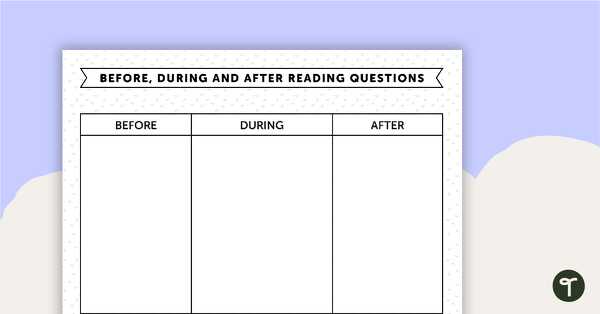
Before, During and After Reading Worksheet
A worksheet to use when asking questions before, during and after reading.
- Plus Plan
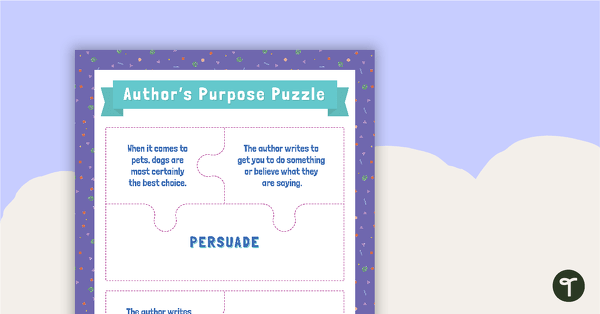
Author's Purpose - Puzzle Activity
A teaching resource to help teach your students the different reasons authors may write.
- Plus Plan
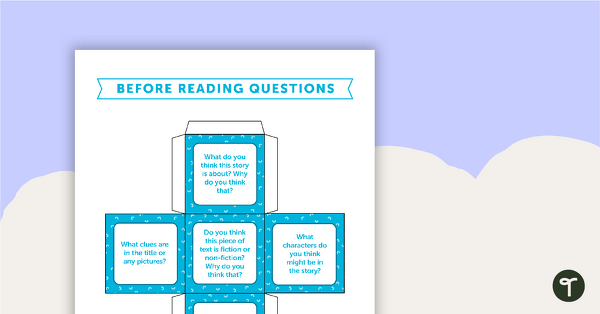
Before, During and After Reading Fiction Questions - Dice
5 different versions of dice to use when asking questions before, during and after reading.
- Plus Plan
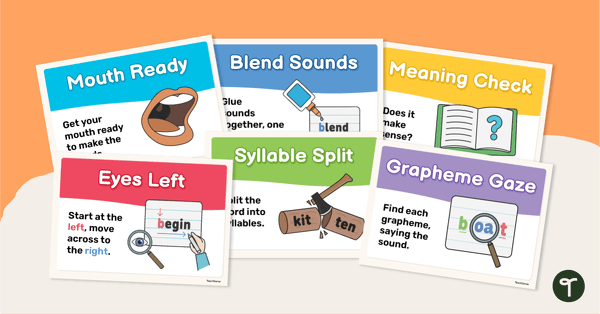
Reading Strategy Posters
Display this set of reading strategy posters in your classroom to remind your students of the best strategies to use when reading.
- Free Plan
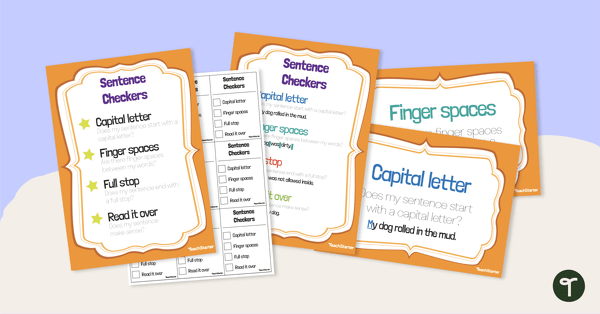
Sentence Checker Posters and Checklist
A set of educational posters outlining the key features to take note of when writing sentences.
- Plus Plan

Reading Detectives Bookmarks
8 colourful reading detective bookmarks to use during guided reading sessions in the classroom.
- Plus Plan
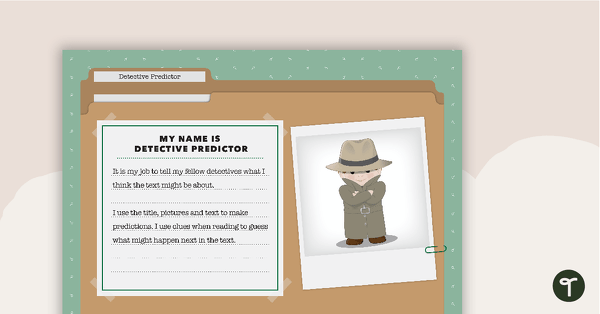
Reading Detectives Posters and Banner
8 colourful reading detective posters and a banner to display in the classroom.
- Plus Plan
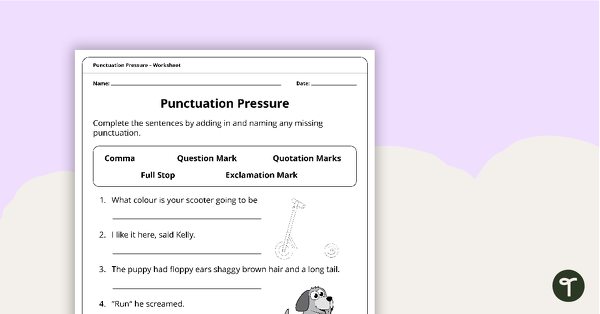
Punctuation Pressure Worksheet
A worksheet consolidating students' understanding of punctuation.
- Plus Plan
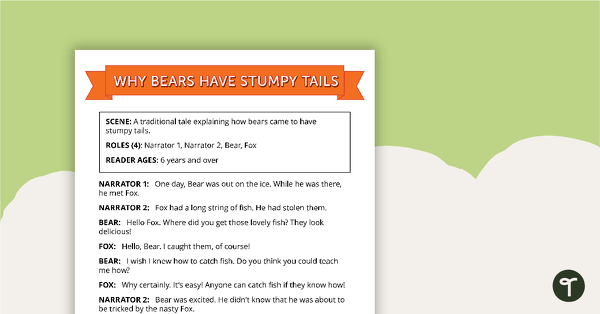
Comprehension - Why Bears Have Stumpy Tails
A fun script and set of questions to help students develop reading and comprehension strategies.
- Plus Plan
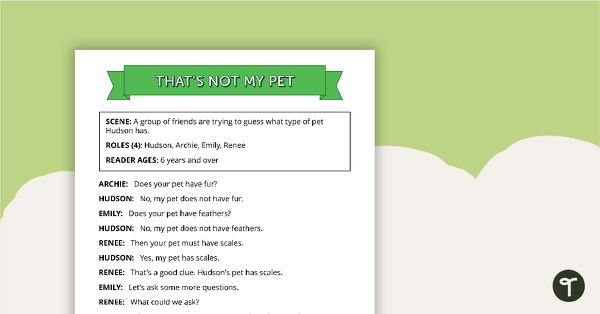
Comprehension - That's Not My Pet
A fun script and set of questions to help students develop reading and comprehension strategies.
- Plus Plan
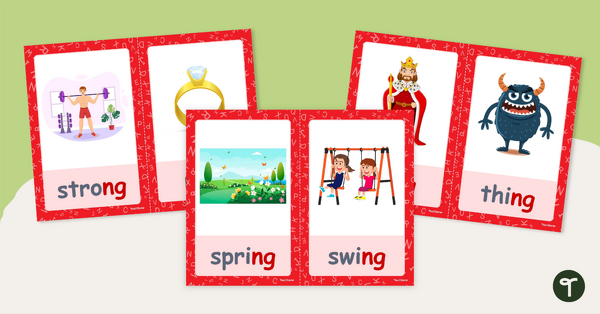
Ng Digraph Words With Images
Learn words that contain the 'ng' digraph with these word and picture flashcards.
- Plus Plan
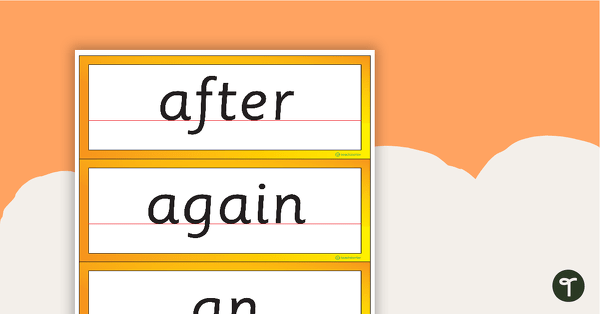
Sight Word Cards - Dolch Year 1
Dolch Year 1 sight words on flash cards.
- Plus Plan
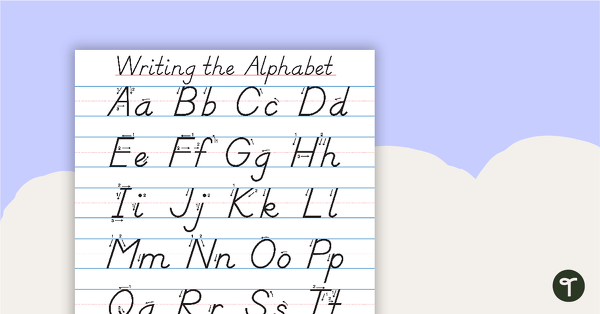
Writing the Alphabet Chart
A chart to assist students when learning how to form letters.
- Plus Plan
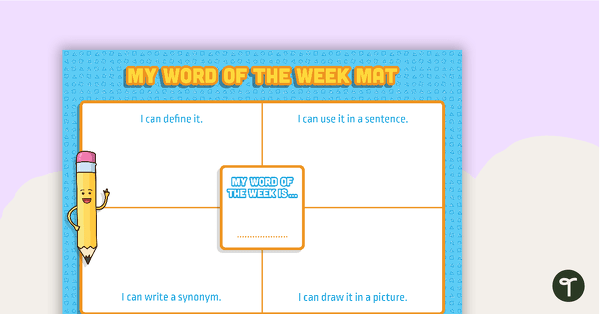
My Word of the Week Mat
A fun worksheet to use in the classroom when building vocabulary.
- Plus Plan
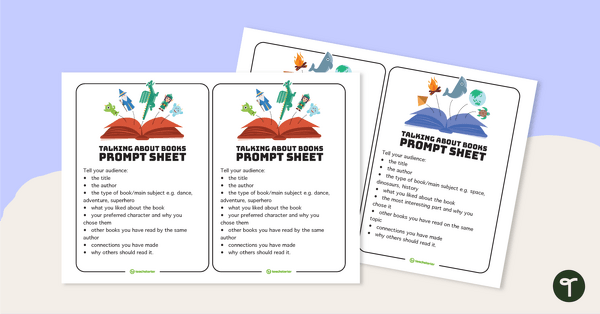
Talking About Books Prompts
Share a love of reading and expose students to new books with these book talk prompts.
- Plus Plan

Reading Detectives Worksheets
8 reading detective worksheets to use during guided reading sessions in the classroom.
- Plus Plan
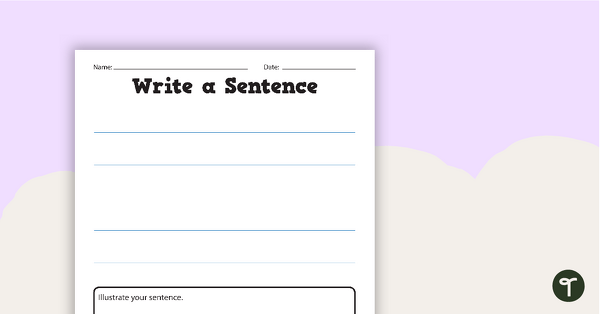
Write A Sentence Worksheet
A worksheet for beginner writers to practice their handwriting.
- Plus Plan
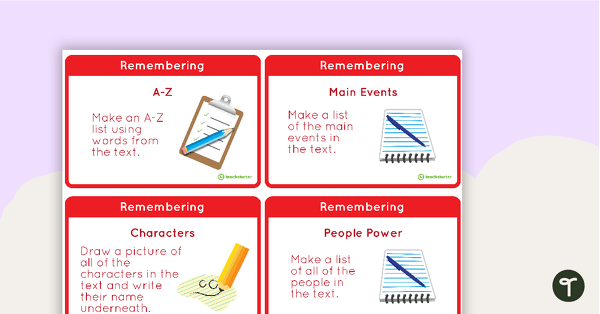
Bloom's Taxonomy Fast Finisher Task Cards - Lower Years
32 Bloom's Taxonomy fast finisher activity cards.
- Plus Plan
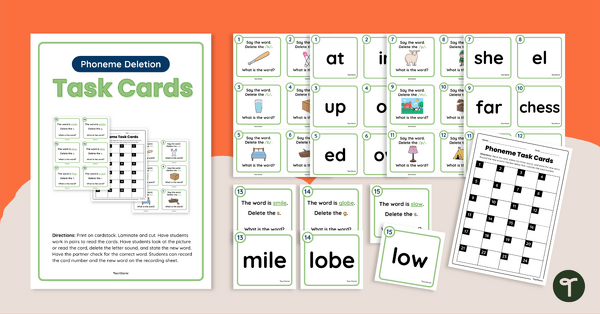
Phoneme Deletion Activity Task Cards
Explore phoneme deletion with this set phoneme deletion activity task cards.
- Plus Plan
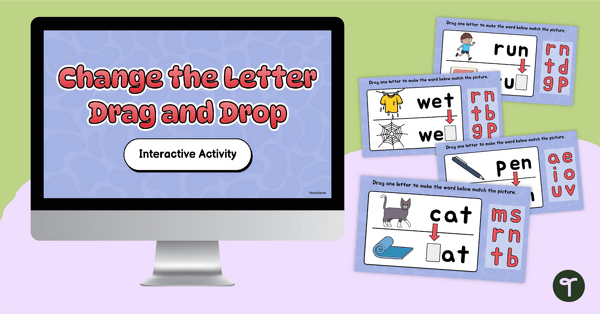
CVC Change the Letter Digital Activity
Use this CVC change the letter digital activity to help students develop their phonemic awareness skills through phoneme manipulation
- Plus Plan
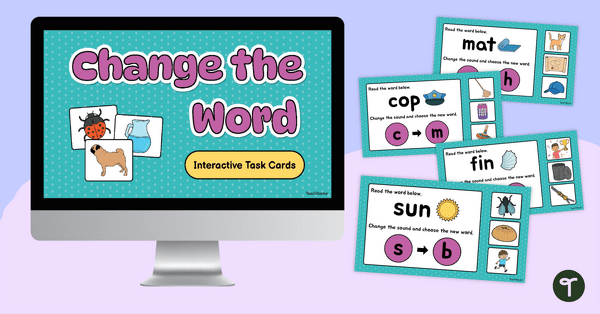
Phoneme Manipulation Interactive Task Cards
Practise phoneme manipulation with your students using this fun and engaging interactive activity.
- Plus Plan
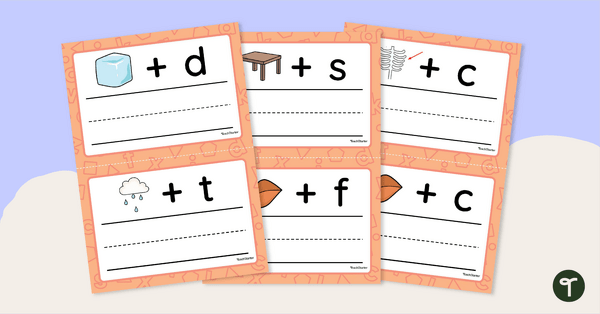
Phoneme Addition Task Cards
Explore phoneme addition with your students with this set of 16 task cards.
- Plus Plan

Phoneme Deletion Task Cards
Delete phonemes to form new words with this set of 16 task cards.
- Plus Plan
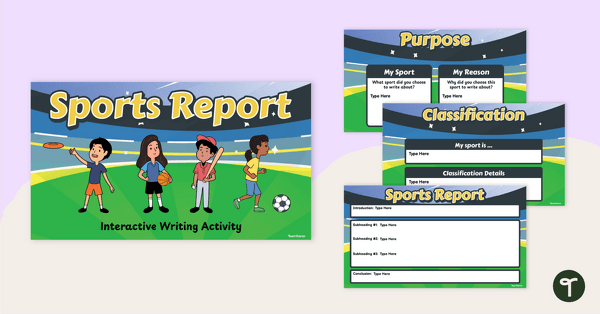
Sports – Digital Report Writing Activity
Use this digital writing scaffold to model the purpose and structural elements of informational writing.
- Plus Plan
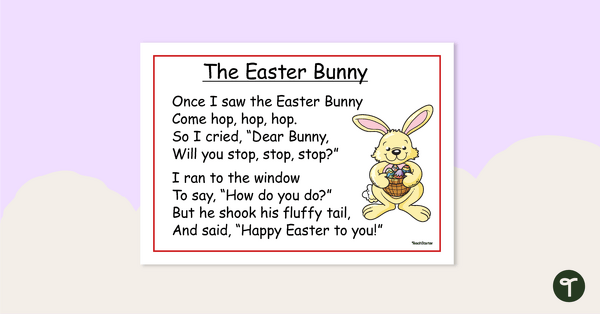
The Easter Bunny – Easter Poem Poster
Use this Easter Bunny poem for kids as a basis for some Easter fun in your classroom!
- Plus Plan
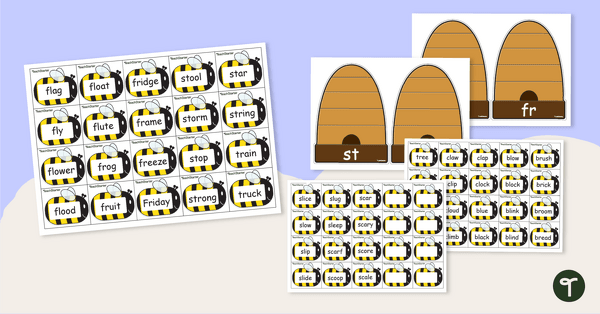
Consonant Blends Beehive Sorting Activity
Explore common consonant blends with a bee-themed sorting activity perfect for lower primary phonics lessons.
- Plus Plan
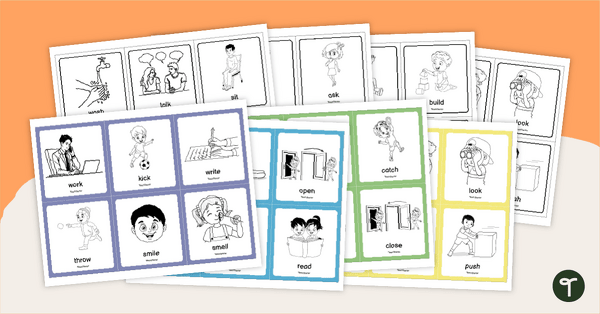
Commonly Used Verbs Flashcards
Teach commonly used verbs with this set of printable flashcards.
- Plus Plan
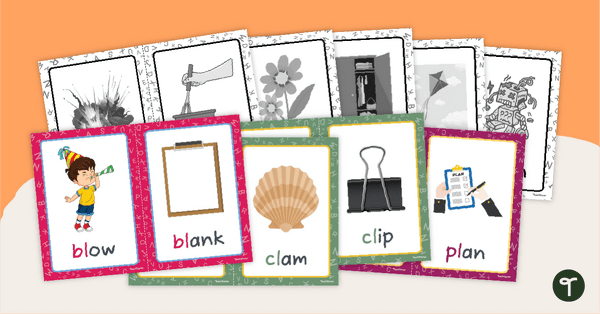
L-Blends Blending Flashcards
Practise blending l-blends with this set of blending l word cards.
- Plus Plan
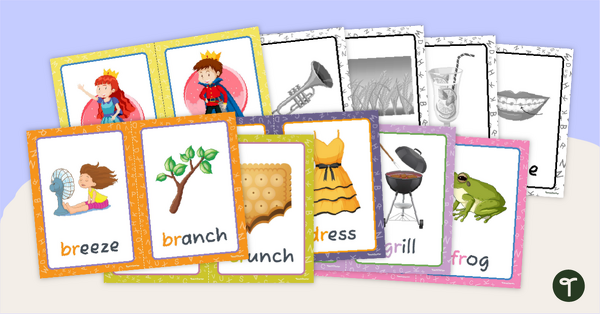
R-Blends Blending Flashcards
Practise blending r-blends with this set of blending r word cards.
- Plus Plan

Vowel Teams Sorting Activity (OA, OW and OE)
Decode words with the OA, OW and OE vowel teams using 18 picture cards with sorting mats.
- Plus Plan
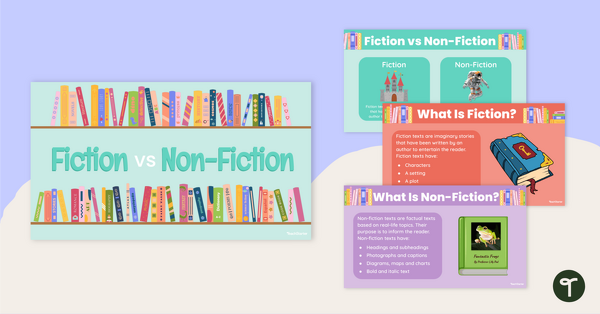
Fiction vs Non-Fiction Teaching Slides
Teach your students the difference between fiction and non-fiction books with this age-appropriate teaching presentation for early years literacy lessons.
- Plus Plan
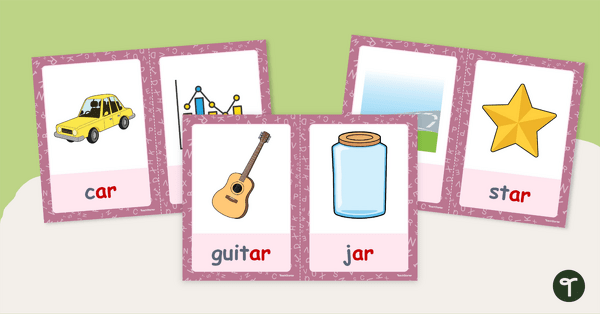
Ar Digraph Words With Images
Learn words that contain the 'ar' digraph with these word and picture flashcards.